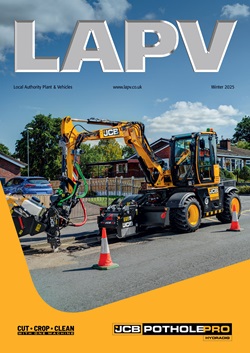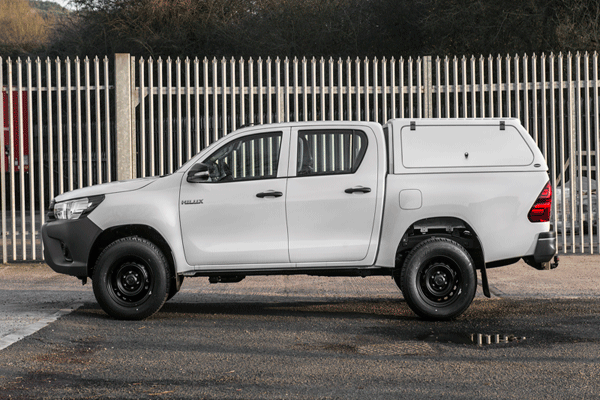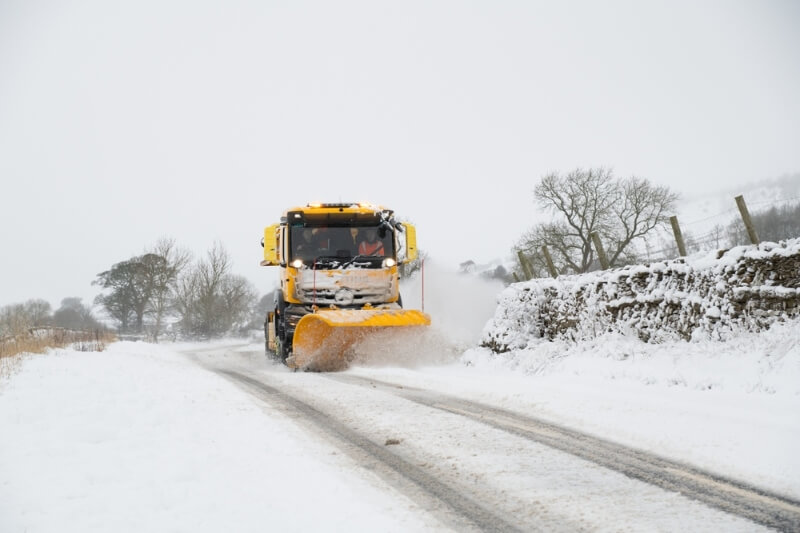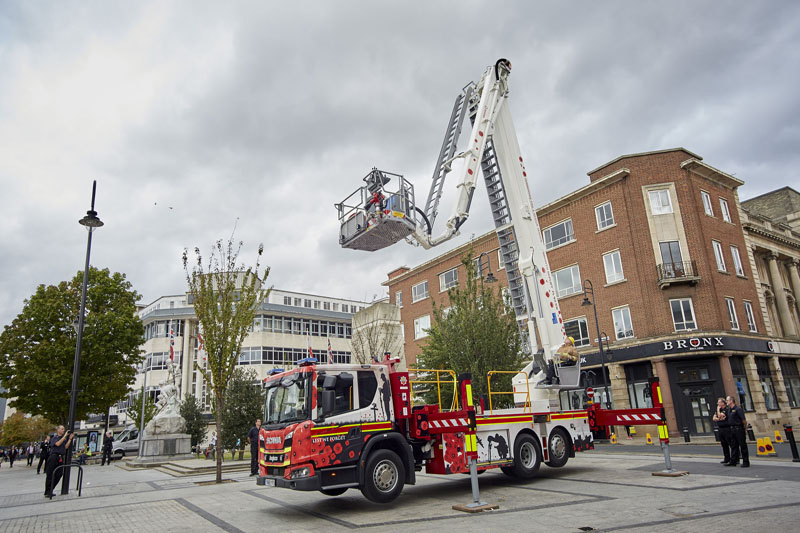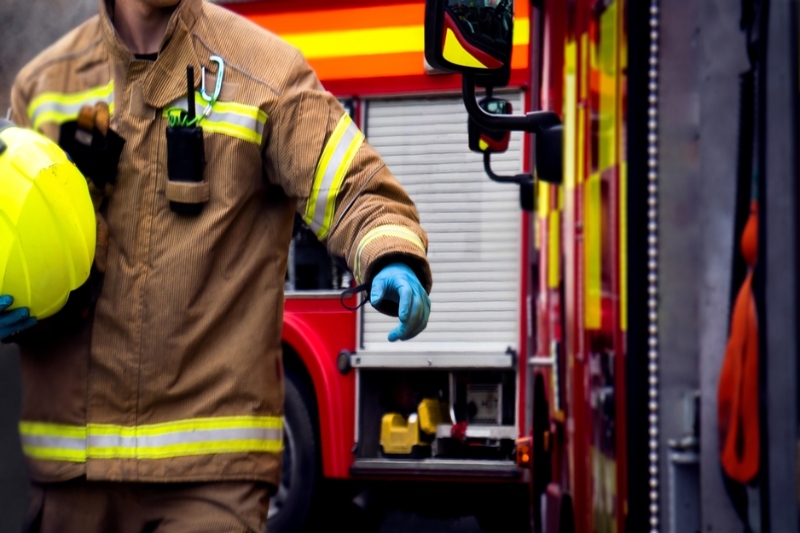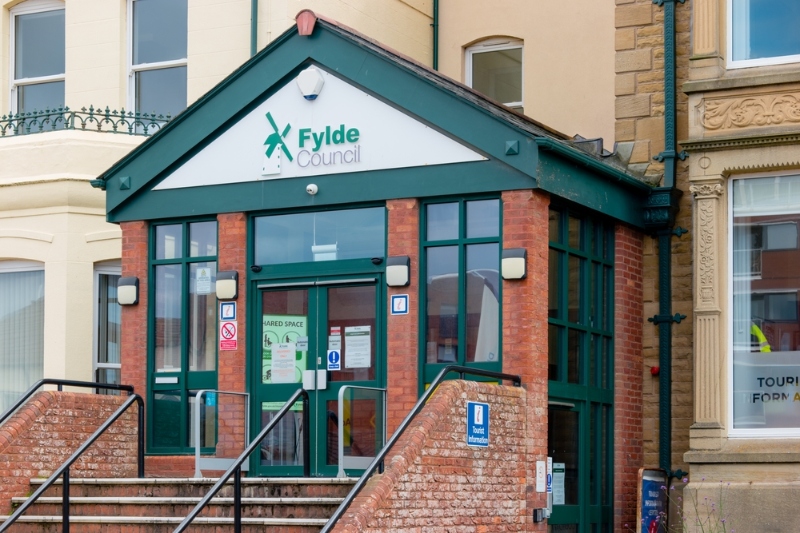Thousands of car and commercial vehicle drivers have been furloughed and thousands of cars and commercial vehicles have been mothballed at some period during the past 10 months as the country has been ravaged by the COVID-19 pandemic.
 Local authorities have also not been immune to the challenges brought about by COVID-19 with higher levels of sickness placing additional workload on those who have been able to continue working. Although it’s difficult to know the exact number of council vehicles on the road, current estimates are between 50,000 and 60,000 meaning a high number of drivers and vehicles to manage in what are unprecedented times.
Local authorities have also not been immune to the challenges brought about by COVID-19 with higher levels of sickness placing additional workload on those who have been able to continue working. Although it’s difficult to know the exact number of council vehicles on the road, current estimates are between 50,000 and 60,000 meaning a high number of drivers and vehicles to manage in what are unprecedented times.
For those in local authorities with driver and fleet management responsibilities this article and the freely available ‘Road safety pays dividends’ guide may provide some useful advice.
With many MOT stations and car and van servicing dealers also being shut and emergency measures introduced by the Government for MOTs then it is no wonder that vehicle fleets have taken their time to get back on their feet.
In some cases, we have also learnt that members of the fleet team have been furloughed or made redundant which has further compromised many company fleet operations. It felt the right thing for The Fleet Industry Advisory Group (FIAG) – of which I am chairman – to issue a warning to companies encouraging them to ensure vehicle fleets formed an integral part of any formal COVID-19 pandemic business planning.
FIAG is a not-for-profit organisation with a membership of 15 fleet professionals to develop and share best practice in the fleet industry. Using our considerable members’ knowledge, we published the ‘Road safety pays dividends’ guide to help companies consider how to address the numerous and ongoing challenges the pandemic had thrown at fleets.
Typically, these challenges sit across four main areas:
• Home working company car and grey fleet drivers’ vehicles becoming unroadworthy due to lack of use.
• Restricted servicing and MOT facilities causing vehicles to miss services or MOTs.
• The status of drivers’ licences changing post-lockdown due to disqualification, health or age.
• Changing fleet department dynamics based on furlough, redundancy or retirement.
It was quite clear to the FIAG team that a pandemic business recovery plan had to focus on drivers, vehicles and journeys to avoid the risk of compromising Duty of Care commitments before anyone was injured or killed whilst driving for work.
We wanted to help companies recognise the importance of the fleet operation being inclusive of a recovery plan to improve operational efficiencies, reduce costs and make driving safer. It also needed to focus both on strategic and operational areas which the guide highlights.
Making sure the driver returning to work still has a relevant licence to drive their vehicle is a good place to start. Then updating the driver handbook so drivers are clear of the company’s new policy around sharing vehicles, masks, quarantining and even carrying out their job now compared with pre-lockdown. Drivers just need to confirm they have read and understood the new policies. This is vital when they return to work.
Ensuring vehicles parked up for a few weeks due to lockdown are disinfected against the virus is another major fleet headache as is issuing the relevant chemicals to carry this out. Then there are the tyre and brake checks alongside ensuring key equipment such as tipping mechanisms or tail lifts are fully operational. We have also published a COVID guide for the garages that clients use to include in their handbooks.
A driver’s first job returning from furlough may be to take a vehicle to the local garage for an MOT or service and then the driver needs to be clear on how they interact with external suppliers. So, the post pandemic fleet priority list goes on and on.
These are all very practical considerations but for the fleet department to deliver these and maximise colleague safety they need support from other departments including HR and Health and Safety. This is why a post-pandemic strategy needs to be so far reaching.
FIAG’s highly experienced fleet team hopes the guide will give companies confidence to use the COVID-19 pandemic as a one-off opportunity for employers and employees to produce a plan where agreed objectives are set.
One of those FIAG team members is Paul Ayris, fleet manager at LiveWest which is the largest provider of affordable homes in the south west of England running 350 vans. He believes COVID-19 has been a wake-up call for many organisations and while the FIAG guide is filled with a common sense, no-nonsense approach he is aware that making it happen is down to individuals or teams who genuinely want to drive change.
As a housing association LiveWest applies a value for money approach to all areas and the expenditure and investment in positive fleet management to deliver the best and most cost-effective option based on FIAG’s advice.
His fleet results speak for themselves, with investment yielding positive outcomes and removing cost, reducing road traffic collisions and delivering an operational and cost-efficient fleet. That’s what FIAG members want all fleets to be in a position to deliver.
For a free copy of the FIAG guide download it here.


